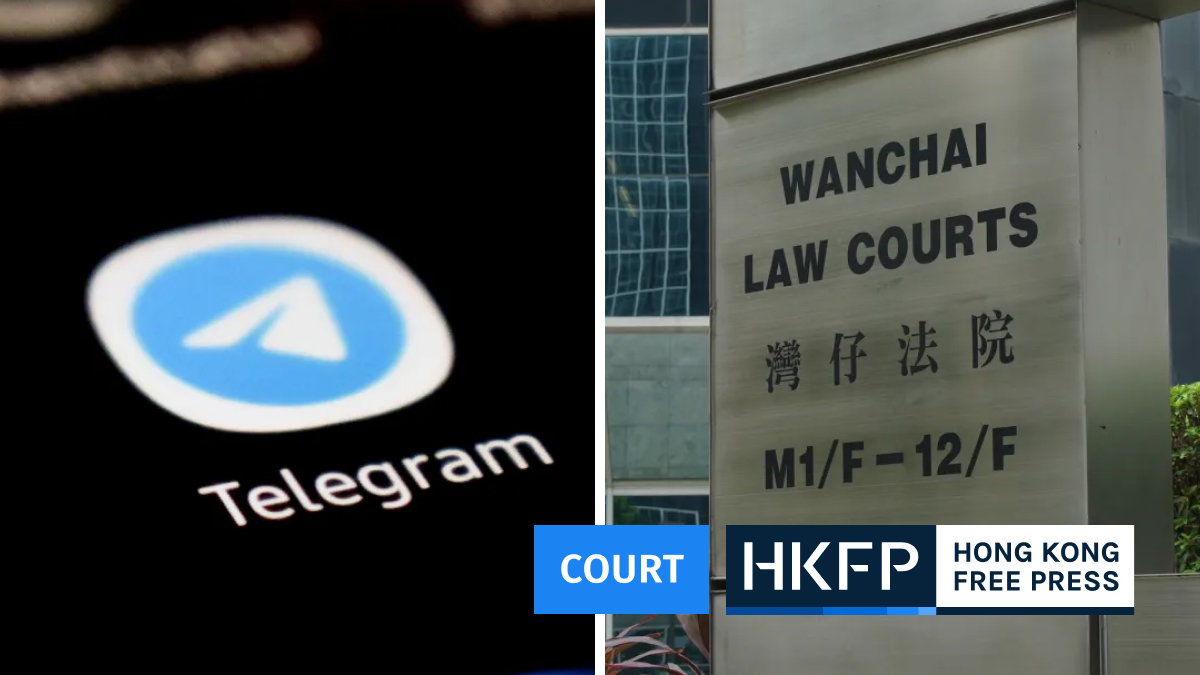As coronavirus cases in Hong Kong mount, Covid-19 rapid testing kits have flown off pharmacy shelves and fast become a staple at households across the city.
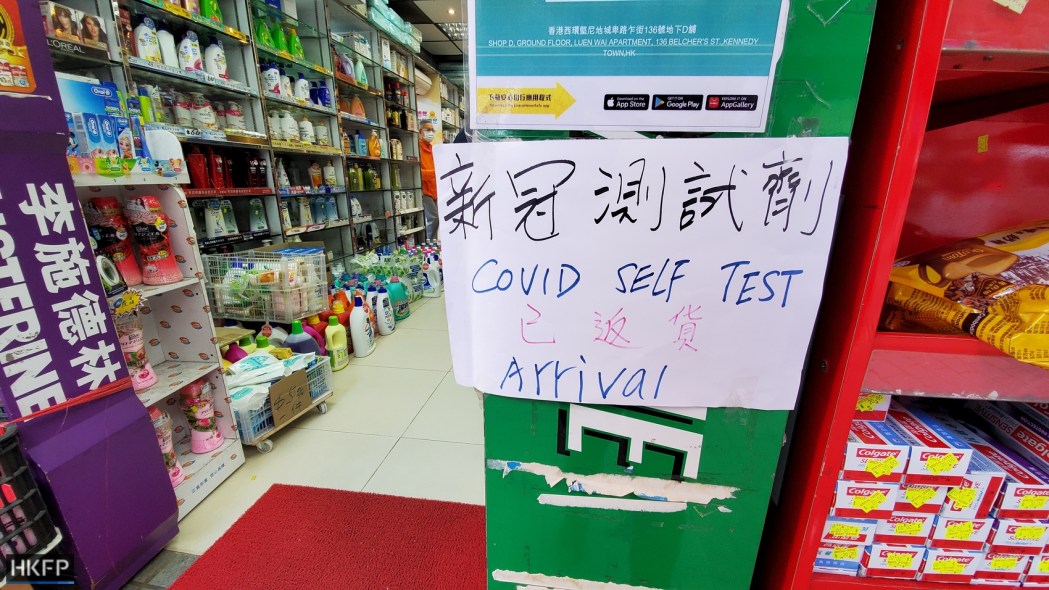
After testing backlogs overwhelmed government laboratories, health authorities said in late February that they would start recognising results from Covid-19 rapid antigen tests (RATs) rather than requiring samples from PCR-based nucleic acid testing to be submitted. On Monday, the Centre for Health Protection launched a website allowing Covid-19 patients to report their results from RATs.
Hong Kong’s Consumer Council has released a list of approved RATs, which combines test kits recognised by the Department of Health, those distributed to certain groups for free by the government, and those ratified for use in mainland China, the EU and the US.
A web developer and his team have also created a more comprehensive database that incorporates lists of tests approved by more countries, including Singapore, Australia and Canada, as well as information on pricing, test type and sensitivity (more about that below).
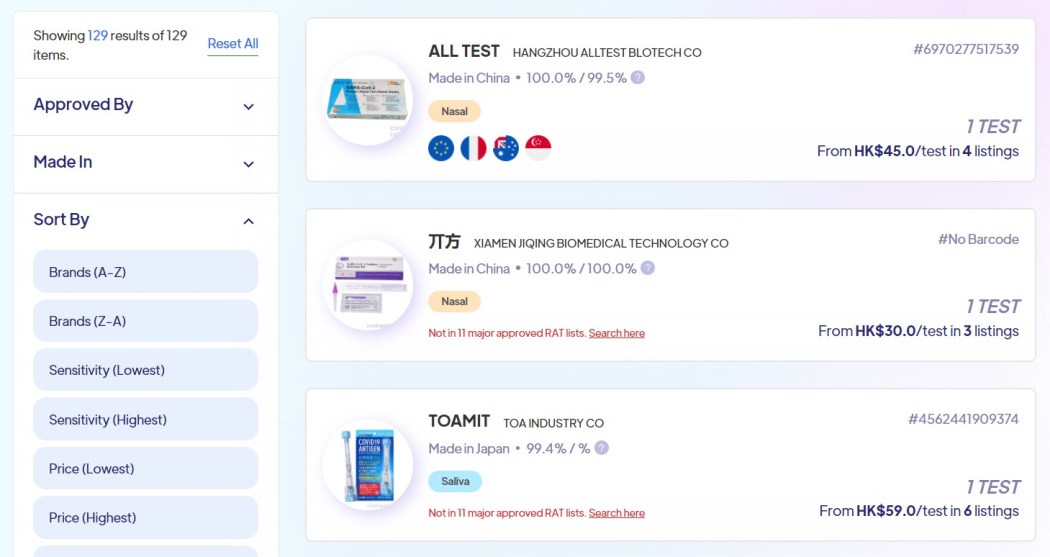
But even as rapid tests become ubiquitous, questions remain over how to conduct them properly, whether they are accurate, and which of the dozens of test kits available to buy.
In this guide, HKFP speaks with health experts who are advising the government’s Covid-19 response to clarify some of the most frequently asked questions. Last update: March 11, 2022.
How do Covid-19 rapid antigen tests work?
Covid-19 rapid tests detect the presence of SARS-CoV-2 viral proteins, or antigens, in respiratory specimens. The tests work by mixing the respiratory specimen with a buffer solution that unleashes the proteins.
When added to the paper strip in the test cartridge, the specimen-solution reacts with an antibody that will bind to the proteins if they are present. The result is reflected in bands on the paper strip. One will be a “control” to show that the test is working. If a second band appears, that signifies that the tester is Covid-positive.
How do I know which Covid-19 test kit to choose?
Hong Kong’s Consumer Council has released a list of approved RATs, which combines test kits recognised by the Department of Health, those distributed to certain groups for free by the government, and those ratified for use in mainland China, the EU and the US.
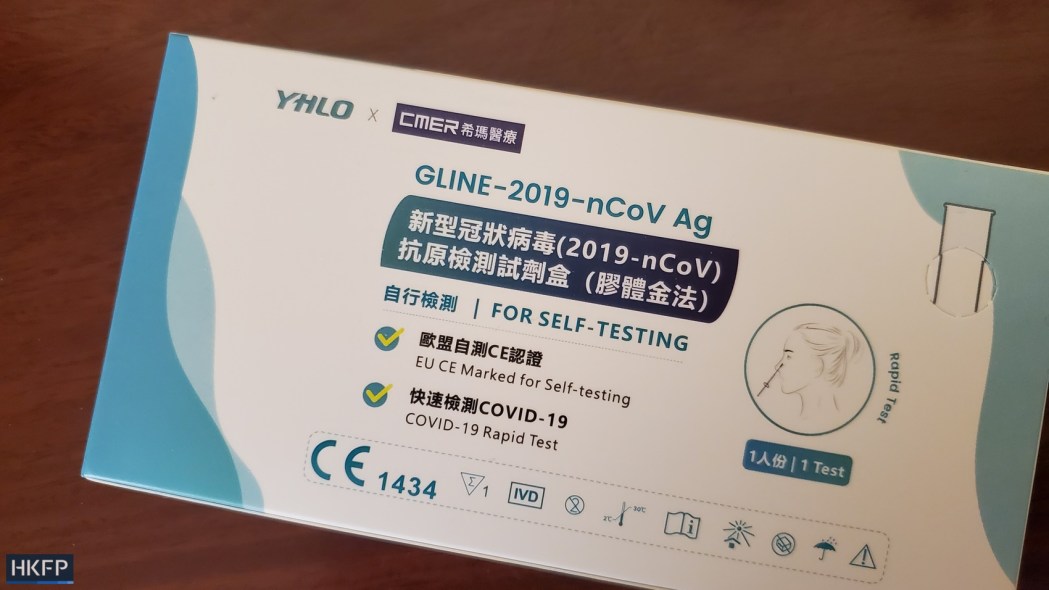
But what is perhaps more important than the test itself is one’s technique in swabbing for a sample. “The most determinant thing is to take a proper test. If not, even if you have a good test [kit], it won’t be useful,” University of Hong Kong microbiologist Yuen Kwok-yung said.
“For each nostril you make five turns and then you do the other side,” Chinese University infectious disease expert David Hui said, describing how to conduct a nasal swab.
How accurate are rapid antigen tests?
Health experts and authorities agree that rapid tests are less sensitive when detecting low viral loads than the PCR-based nucleic acid tests offered at government testing centres and private clinics.
However, they are “relatively accurate” when identifying higher viral loads, or for patients who are more infectious.
Can RATs detect mild infections?
Some tests are more sensitive than others. According Yuen, a patient with CT value of 25 and below – which indicates a high viral load – can be detected by a typical rapid test. “But if a patient has a lower viral load, or a CT value of 30 and above, many tests may not be able to pick it up,” Yuen said.
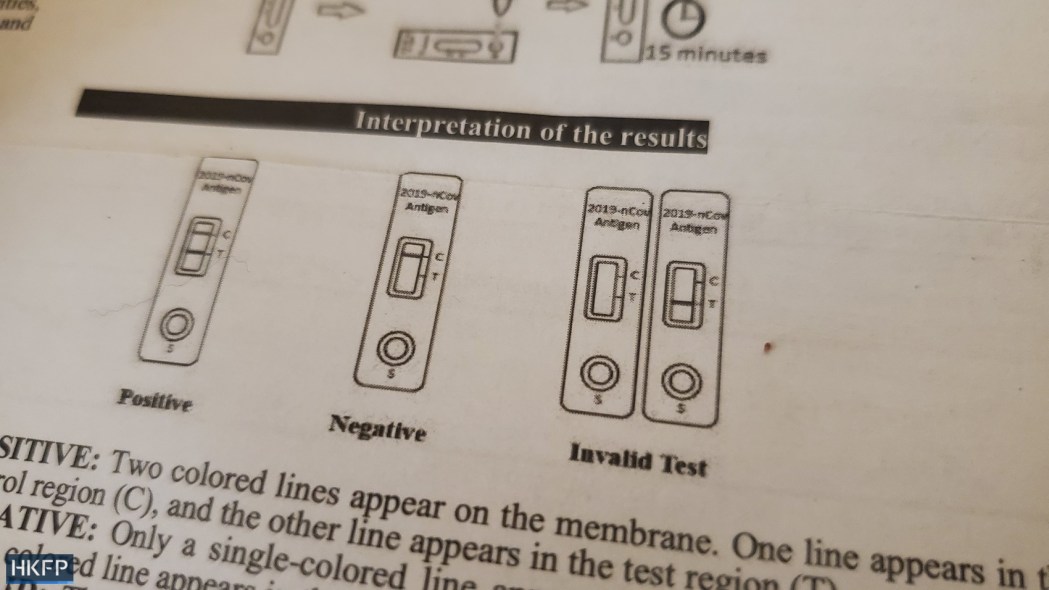
One can consider the sensitivity level of a test before buying if they suspect they have a low viral load and want a test that can detect it.
For example, Indicaid’s and Hangzhou AllTestBiotech’s tests are both recommended by the Department of Health. The former has a sensitivity of 96 per cent, while the latter has a sensitivity of 93.4 per cent. This information is not usually displayed on the box but printed on a leaflet inside, although it can commonly be found by checking the manufacturer’s website.
Is a nasal or an oral swab preferred?
Hui recommends a nasal swab. “A nasal swab would be easier,” he said. “The throat swab can lead to a gag reflex, causing discomfort.”
If I do an oral swab, can I test after I’ve eaten?
It would be to ideal to wait at least two hours after eating or drinking anything – and that includes water – to reduce the risk of affecting the results, Hui advises.
Why might I get a positive result with one test, but a negative result with another?

“It depends on the way you took the sample and on the test itself,” Yuen said. The sampling technique can affect results, for example how deep the nasal swab is carried out.
If a person is using two different brands of test kits, and is infected but has a low viral load, it could be down to the difference in the sensitivity of the tests.
What does it mean if my test returns two lines, but one of them is faint?
Double lines, with the lower one being faint, suggests a weak positive. “You can repeat the test to see if it is a genuine positive or a false positive,” Yuen said.
Do rapid tests detect the Omicron variant?
Hong Kong health authorities say the Covid-19 rapid tests evaluated by the government, some of which were manufactured even before the discovery of Omicron, are effective in detecting the now-dominant strain.
“The impact of the emergence of Omicron variant on RAT’s effectiveness is insignificant,” a government press release read, explaining that the protein detected in tests is less prone to mutation.
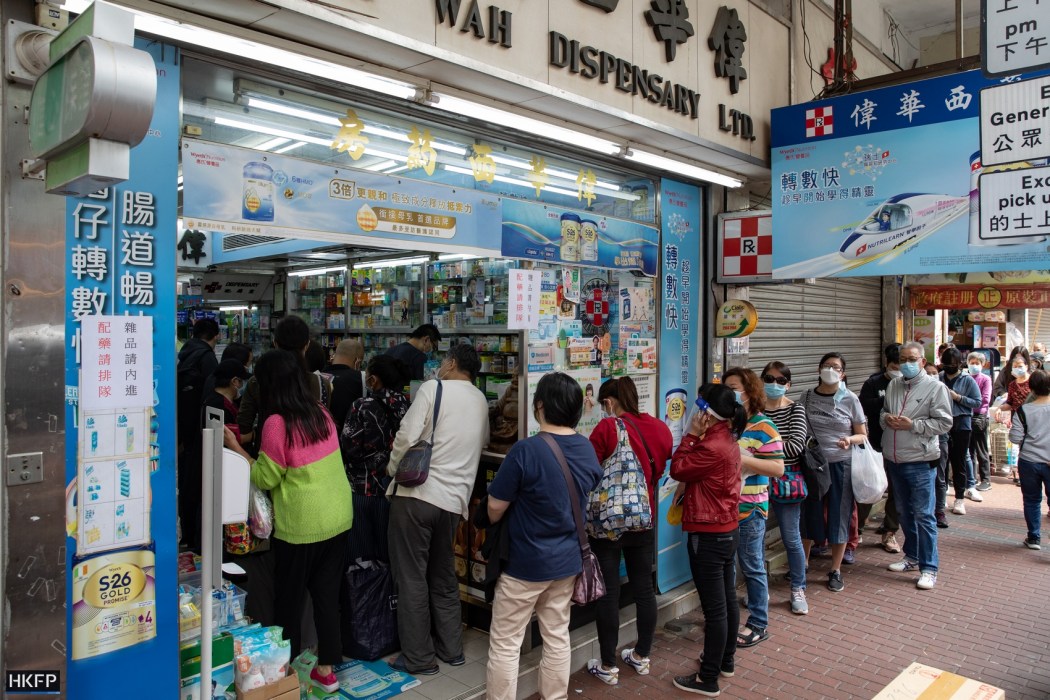
The recently released results of one US study, which has not been peer reviewed, found that 92 per cent of around 180 participants infected with the Omicron variant tested positive with a rapid test within 48 hours of their first positive PCR test.
My rapid test cassette showed two lines after 45 minutes. Did I test positive?
No. Most rapid tests show results in 20 minutes, if not 15 or less.
Can babies and children take rapid tests?
Yes – as long as they cooperate. There has been no evidence to suggest that rapid tests are less accurate for younger ages, Hui said.
Support HKFP | Policies & Ethics | Error/typo? | Contact Us | Newsletter | Transparency & Annual Report | Apps
Help safeguard press freedom & keep HKFP free for all readers by supporting our team




